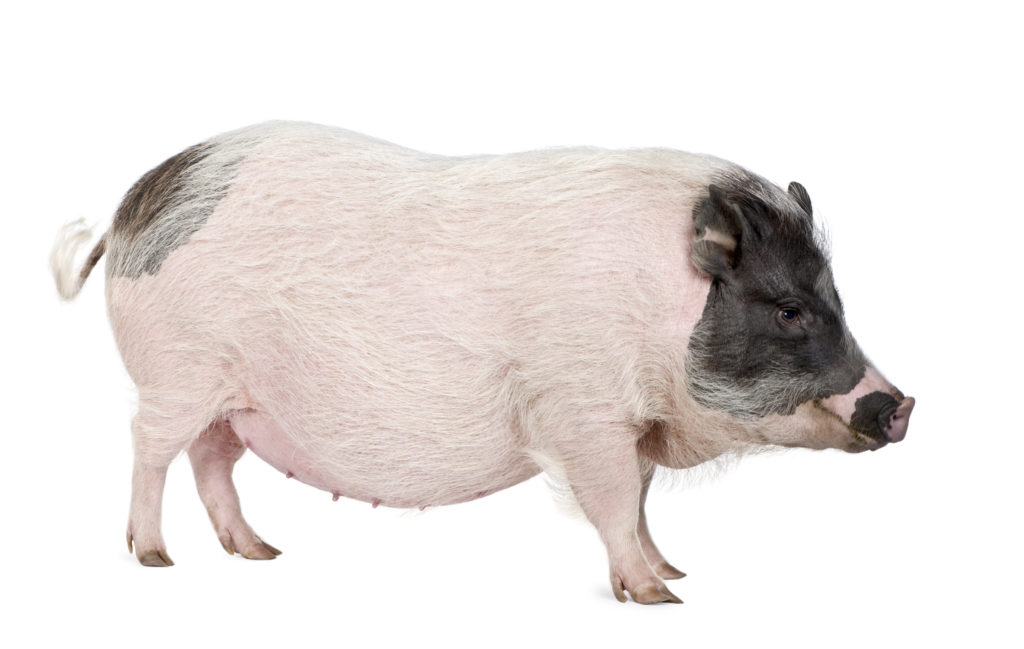Pigs, like humans and all other animals, can become dehydrated. This is especially true once they’re taken out of a weaning area. This article will help you understand why pigs become dehydrated. It will also provide you with some tips on how to keep your pig hydrated.
Why do pigs become dehydrated?
When pigs are being weaned, they can start to become dehydrated. This is due to different stressors such as:
- Being placed in a new environment. For example, pigs, like other animals, need familiarity. Being placed in a new environment can mean that the pig no longer feels comfortable. The pig can then become distressed and overwhelmed.
- Being placed with different pigs. When pigs are used to certain pigs and not other penmates, they can feel threatened and afraid.
- Having to move. When pigs have to move due to growing, they can become dehydrated. As with humans who can become dehydrated due to walking or running, pigs also become dehydrated as a result of moving around.
So, it’s very important to keep an eye on your pig for signs of dehydration.
Signs of dehydration in a pig
Pigs, like humans, are made up of water. That means that lack of water can cause dehydration and a host of other issues. Here are signs of dehydration in a pig:
- The pig is smaller and isn’t growing
- The pig has diarrhea
- The pig has rougher coat
- The pig has less need to urinate or defecate
These are just some of the most common signs to keep an eye out for.
How to Keep Your Pig Hydrated
Here are some tips to keep your pig hydrated. These tips are based on research and our own experiences at Bar-Bar-A.
1. Help your pig adjust to their new environment
Your pig needs time to adjust to their new environment. So, to help them get used to their new surroundings, it’s very important to slowly expose them to different sounds, sights, and smells. That is, rather than just quickly placing them in a new place, you will need to make sure that they are getting accustomed to their new surroundings. This will help your pig not feel distressed. Distress can lead to a malnourished and dehydrated pig.

2. Add electrolytes and other supplements to their water
Electrolytes can help with the diarrhea and other issues associated with dehydration. The point in providing additional supplements to their water is to make up for the loss of electrolytes due to the pig experiencing illness and disease. Adding electrolytes will help your pig get back on track to feeling and doing better. It’s also important to consider the weather and climate and how that can affect your pig’s electrolyte levels.
3. Provide a high-quality hog drinker
At Bar-Bar-A, we believe that pigs do better when they have high-quality hog drinkers. Hog drinkers are great because they:
- Keep your pig hydrated
- Are easy to maintain since pigs can’t easily destroy the drinkers
- Are designed for single or many pigs. In fact, one of our drinkers can provide water for up to 30 head of animals
Bar-Bar-A Can Help You Keep Your Pig Hydrated
At Bar-Bar-A, we can help you keep your pig hydrated. We provide high-quality hog drinkers. Our hog drinkers are designed with warm and cool temperatures in mind. For example, if the pig waterer isn’t designed well, the water inside it might be hot in the summer. This means that the pigs won’t drink the water. This also means that you’ll have less healthy pigs since they won’t be consuming as much water since the water is hot. Our pig waterers are designed to keep the water cool and fresh.
If you’re not sure of what waterer you need, reach out to us at 866-259-8047. You can also contact us here. We would love to help you in your journey to healthier livestock.

Leave a Reply